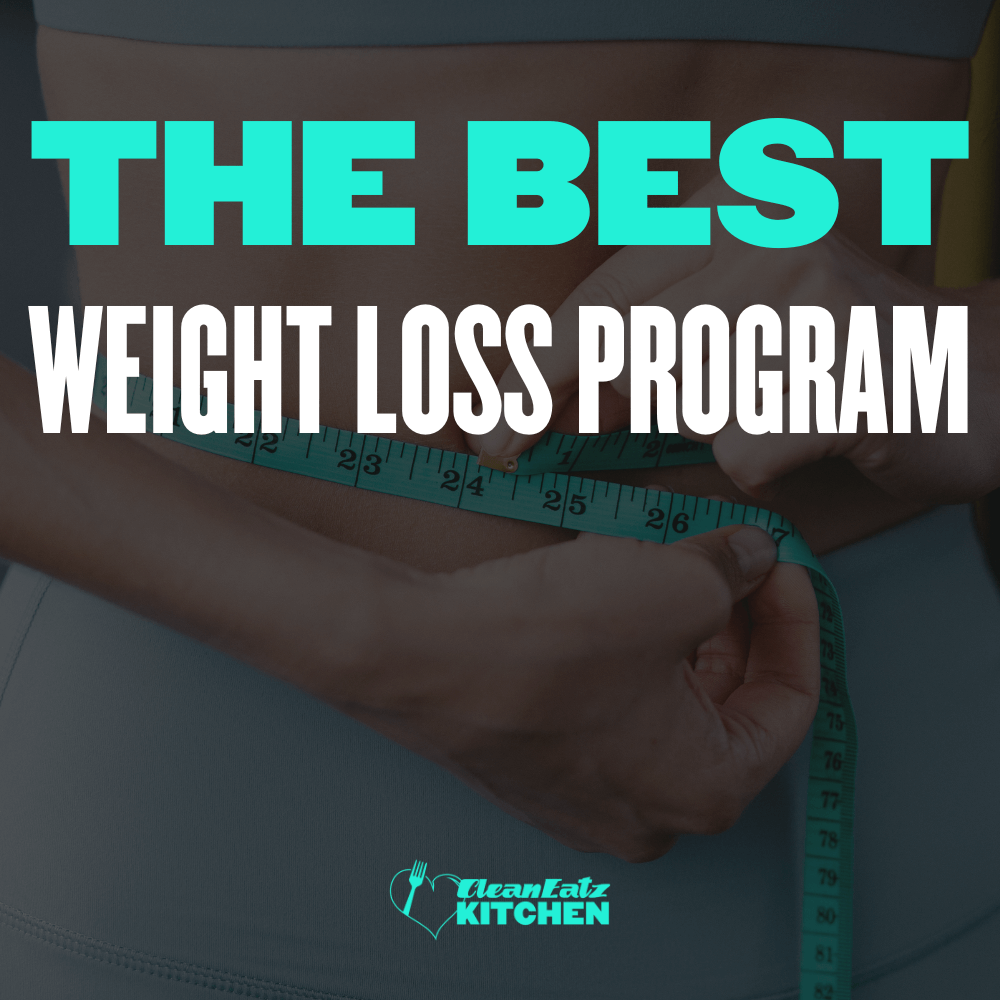All Categories
Featured
Table of Contents
-1
Leaders of armed forces bases need to analyze their facilities to determine and remove problems that encourage several of the eating behaviors that advertise overweight. Some nonmilitary companies have actually increased healthy eating alternatives at worksite dining centers and vending devices. Numerous magazines suggest that worksite weight-loss programs are not extremely efficient in minimizing body weight (Cohen et al., 1987; Forster et al., 1988; Frankle et al., 1986; Kneip et al., 1985; Loper and Barrows, 1985), this might not be the case for the military due to the higher controls the armed force has over its "workers" than do nonmilitary employers.
-1Nourishment professionals can provide individuals with a base of information that enables them to make well-informed food choices. Nutrition counseling and nutritional management often tend to concentrate even more straight on the inspirational, emotional, and emotional problems linked with the current task of weight loss and weight administration.
-1Unless the program participant lives alone, nutrition administration is seldom efficient without the involvement of household participants. Weight-management programs might be divided into 2 stages: weight management and weight upkeep. While exercise may be the most crucial aspect of a weight-maintenance program, it is clear that dietary restriction is the crucial part of a weight-loss program that influences the rate of fat burning.
-1Therefore, the energy balance equation might be impacted most dramatically by lowering power intake. weight loss specialist. The variety of diets that have actually been proposed is almost numerous, but whatever the name, all diet regimens contain reductions of some percentages of healthy protein, carbohydrate (CHO) and fat. The following areas take a look at a variety of arrangements of the percentages of these three energy-containing macronutrients
Weight Loss Specialist (Gwelup )

-1
This type of diet regimen is made up of the sorts of foods a person generally eats, but in reduced amounts. There are a number of factors such diets are appealing, however the main reason is that the referral is simpleindividuals need only to comply with the united state Department of Agriculture's Food Overview Pyramid.
-1In operation the Pyramid, however, it is essential to highlight the part sizes used to establish the advised number of servings. A bulk of consumers do not understand that a portion of bread is a single slice or that a portion of meat is just 3 oz. A diet regimen based upon the Pyramid is quickly adapted from the foods served in group settings, including army bases, given that all that is needed is to eat smaller parts.
-1Much of the studies released in the clinical literature are based upon a balanced hypocaloric diet with a decrease of power consumption by 500 to 1,000 kcal from the individual's usual calorie consumption. The United State Fda (FDA) advises such diets as the "typical therapy" for clinical trials of new weight-loss medicines, to be used by both the energetic representative team and the placebo team (FDA, 1996).
-1The biggest quantity of weight loss took place early in the researches (about the first 3 months of the plan) (Ditschuneit et al., 1999; Heber et al., 1994). One research study discovered that females lost more weight in between the third and sixth months of the plan, yet males shed the majority of their weight by the third month (Heber et al., 1994).
Weight Loss Help
-1In comparison, Bendixen and colleagues (2002) reported from Denmark that dish replacements were related to unfavorable results on weight loss and weight maintenance. This was not an intervention research; participants were followed for 6 years by phone interview and information were self-reported. Out of balance, hypocaloric diets limit one or even more of the calorie-containing macronutrients (protein, fat, and CHO).
-1Many of these diets are published in books focused on the lay public and are usually not written by wellness specialists and commonly are not based upon audio clinical nourishment principles. For some of the dietary regimens of this kind, there are few or no research study publications and essentially none have actually been examined long-term.
Weight Loss Groups
-1The major kinds of out of balance, hypocaloric diets are discussed listed below. There has been substantial discussion on the optimal ratio of macronutrient consumption for grownups. This study normally contrasts the amount of fat and CHO; nevertheless, there has actually been increasing rate of interest in the duty of healthy protein in the diet regimen (Hu et al., 1999; Wolfe and Giovannetti, 1991).
-1The size of these research studies that checked out high-protein diet regimens only lasted 1 year or much less; the long-lasting safety and security of these diet plans is not recognized. Low-fat diet regimens have been one of the most generally utilized therapies for obesity for lots of years (Astrup, 1999; Astrup et al., 1997; Blundell, 2000; Castellanos and Rolls, 1997; Flatt, 1997; Kendall et al., 1991; Pritikin, 1982).
-1Results of recent studies suggest that fat restriction is additionally useful for weight upkeep in those that have reduced weight (Flatt 1997; Miller and Lindeman, 1997). Nutritional fat reduction can be attained by counting and limiting the number of grams (or calories) taken in as fat, by restricting the intake of specific foods (for example, fattier cuts of meat), and by substituting reduced-fat or nonfat variations of foods for their higher fat counterparts (e.g., skim milk for whole milk, nonfat icy yogurt for full-fat gelato, baked potato chips for fried chips) (Dywer, 1995; Miller and Lindeman, 1997).
-1A number of aspects might add to this seeming opposition. Initially, all people appear to precisely ignore their consumption of nutritional fat and to reduce typical fat consumption when asked to tape-record it (Goris et al., 2000; Macdiarmid et al., 1998). If these outcomes show the basic propensities of individuals finishing dietary studies, then the amount of fat being consumed by overweight and, potentially, nonobese people, is more than consistently reported.
Weight Loss Treatment – Gwelup 6018
-1They located that low-fat diets regularly demonstrated substantial weight loss, both in normal-weight and obese people. A dose-response partnership was also observed in that a 10 percent reduction in dietary fat was anticipated to produce a 4- to 5-kg weight-loss in an individual with a BMI of 30. Kris-Etherton and coworkers (2002) located that a moderate-fat diet plan (20 to 30 percent of energy from fat) was extra likely to promote weight reduction due to the fact that it was much easier for people to comply with this sort of diet regimen than to one that was badly limited in fat (< 20 percent of energy).

-1
Very-low-calorie diet plans (VLCDs) were used extensively for weight management in the 1970s and 1980s, yet have actually dropped into disfavor in the last few years (Atkinson, 1989; Bray, 1992a; Fisler and Drenick, 1987). FDA and the National Institutes of Wellness define a VLCD as a diet plan that offers 800 kcal/day or much less. weight loss treatment. Because this does not think about body dimension, a more scientific definition is a diet that gives 10 to 12 kcal/kg of "desirable" body weight/day (Atkinson, 1989)
-1The portions are eaten three to 5 times each day. The key objective of VLCDs is to generate fairly quick weight loss without significant loss in lean body mass. To accomplish this goal, VLCDs usually supply 1.2 to 1.5 g of protein/kg of desirable body weight in the formula or as fish, lean meat, or chicken.
Latest Posts
Pregnancy Dietician – Medina
What Does Certified Dietitian Nutritionist Cost?
Weight Loss Help